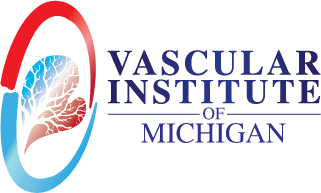Spider Veins
Spider veins are similar to varicose veins but are smaller in size. They appear as small capillaries and appear as purple, blue, or red veins. They commonly appear on the thighs, calves and ankles. About one third of the female population has spider veins. It is often thought that treatment for spider veins is purely cosmetic; however, spider veins may also cause heaviness, itching, aching, and/or cramping. These veins may be isolated or be connected to other veins through circulation.. Also, spider veins could be an indicator of an underlying varicose vein.
Spider veins can be one of three forms:
- They may also be small separated lines.
- They may appear as a “starburst” with a central point that radiates out.
- They may appear to look like tree branches.
Spider Vein Treatment Options
Laser Treatment for Spider Veins
Spider veins may also be treated by way of laser. During this procedure, powered light waves are applied directly to the skin and eliminate the spider veins. This treatment is best used for micro-veins that are too small for sclerotherapy. This procedure may cause some bruising that will fade over a few weeks time.
Compression Stockings
Compression stockings are used to apply pressure needed to relieve symptoms of incompetent veins.
Compression stockings come in three forms:
- The support pantyhose style offers the least amount of pressure on the leg and veins. This type of stocking is most often not “gradient” This means that instead of applying pressure in just one spot, it is applied all over.
- Over-the-counter compression hose that are radiant, apply more pressure than support panty hose. This can be found at a drugstore or a medical supply.
- Prescription-strength gradient compression hose have the greatest amount of pressure. You have to get measured for this particular type of stocking.

